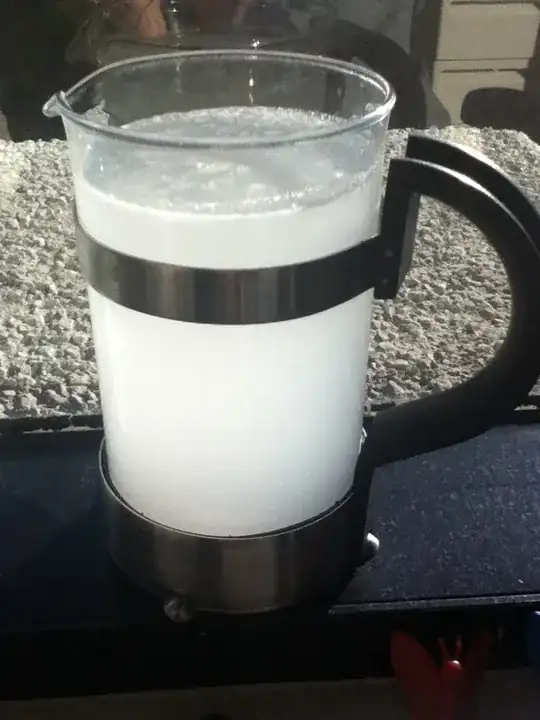I enjoy eating ramen noodles cooked in the microwave at work. I've already learned to toss the sodium seasoning packet to avoid the salt, but I notice the noodles themselves have lots of fat and much of it saturated. (I understand the noodles are deep-fried as part of the preparation for packaging.) In an attempt to reduce the fat content, I dump the water after the noddles are cooked and add more water to start up a new broth.
(For reference, I add Thai red curry seasoning and either an egg, canned salmon or both. If I have one, I'll squeeze a lime over the finished product.)
Does it help reduce the fat content of the meal if I dump the initial broth? Is there any way to know how effective the practice is?
